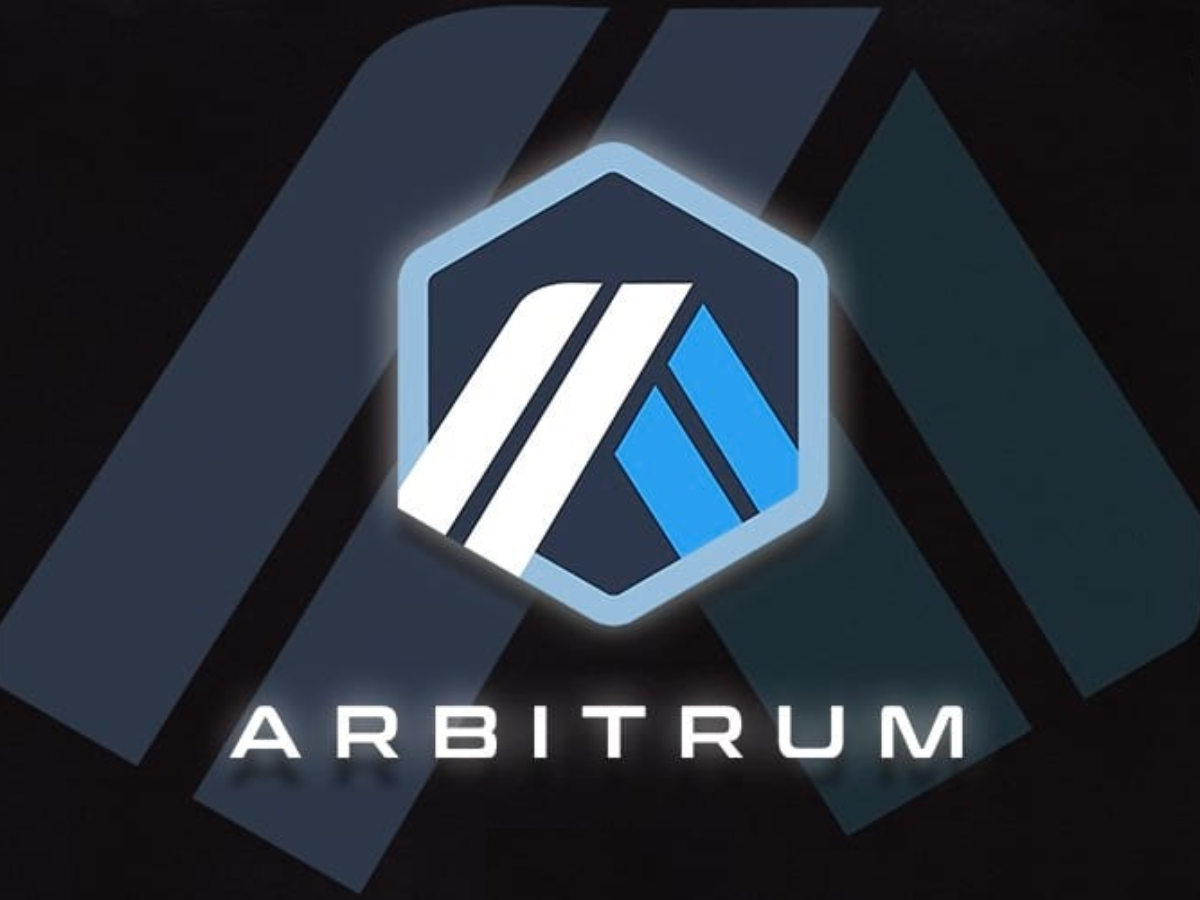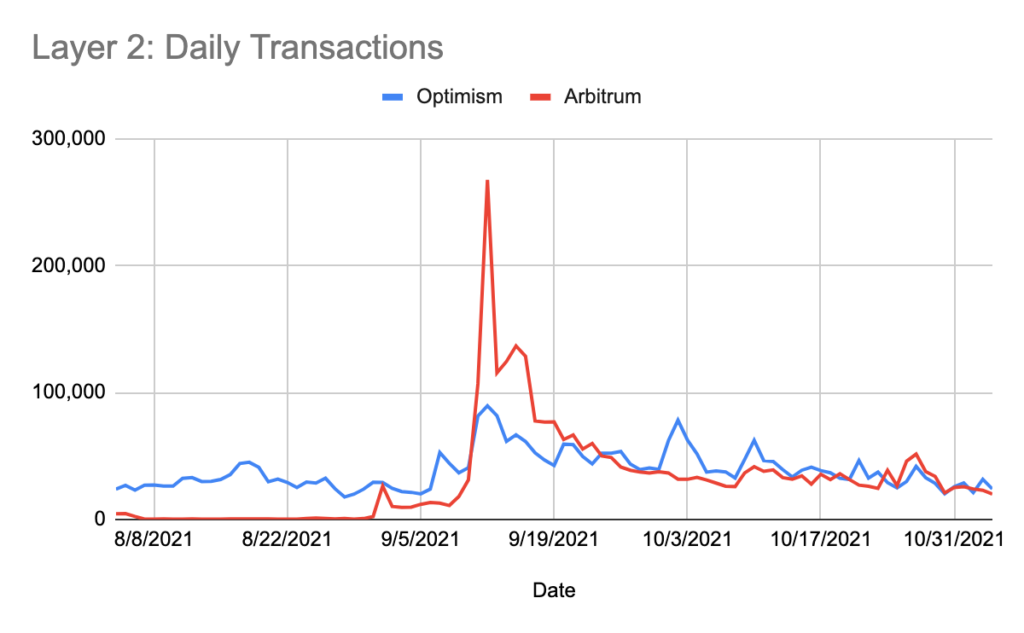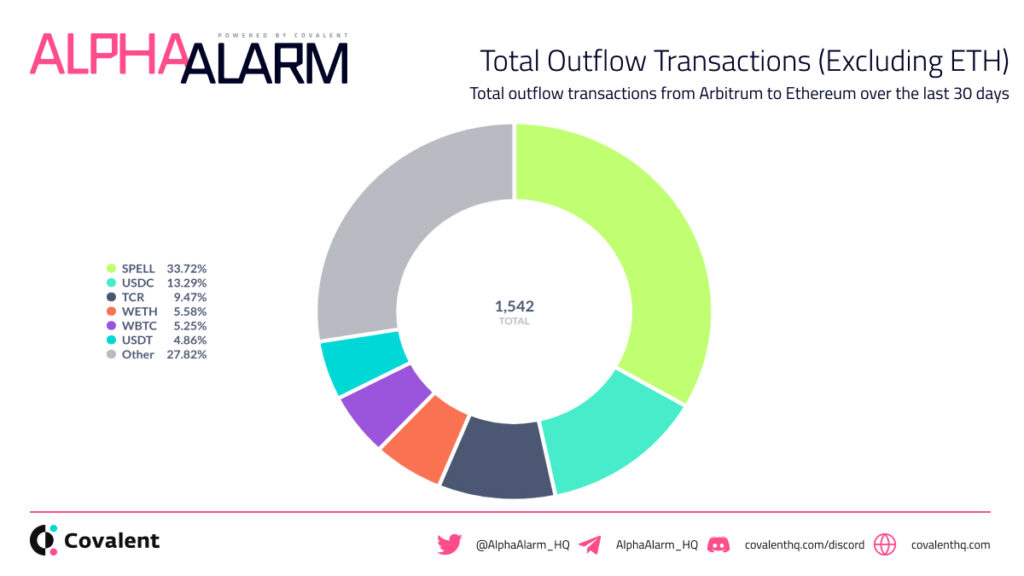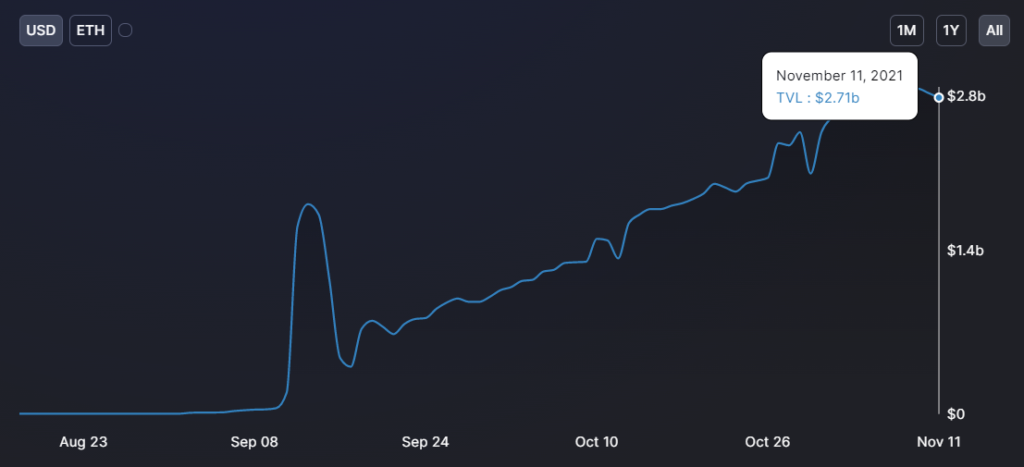
When Arbitrum first launched, it took the DeFi market by storm. Following its expansion in a very short period of time. However, the Layer 2 solution seems to be losing heat, of late. In fact, its dependence on Ethereum has further limited its capabilities.
Ethereum powered Arbitrum today
As an L2 solution, Arbitrum has done a great job in scaling Ethereum, but the problem is that even though the solution is solid, people are still not willing to participate.
Arbitrum is the biggest Layer 2 solution after Polygon on the Ethereum network and its growth in just four months has been exceptional. At its peak, the DeFi chain carried out 270,000 transactions. However, since the end of September, the channel has constantly lost participants.
The average daily txns have reduced to 20k-25k and the avg volume is down to $62 million continues to drop which signifies that Layer 2 does not have many users.

But the biggest problem is its dependence on Ethereum. Ethereum ($ ETH) is responsible for 91.5% of all transactions on the bridge. This in turn translates to that almost 71% of its $6.43 billion volume is coming from Ethereum’s transactions.

Besides ETH, of the remaining 29% of volume, 18% is mainly dominated by USDC and DPX, and the remaining 11% of txn volume is shared between SPELL and MIM (Magic Internet Money) among others.

In terms of outflows, apart from Ethereum surprisingly SPELL has domination there. As for MIM, it seems that users are using its products on the L2 solution.

Arbitrum’s growth
Arbitrum’s TVL not too long ago crossed the $2 billion mark but over the month it has upped the total value locked in it by only $200 million.
In fact, the monthly growth of TVL has declined considerably. The growth in September was 192,578%, in October it came down to 134%, and as of today, November’s growth has only been 6%.

While there are a few moments of good performance from one or two dApps, overall Arbitrum hasn’t made much headway as an L2 solution. And, for the Layer 2 chain to actually become a viable long-term scaling solution, it must reduce its dependence on ETH and incorporate additional tokens.


















